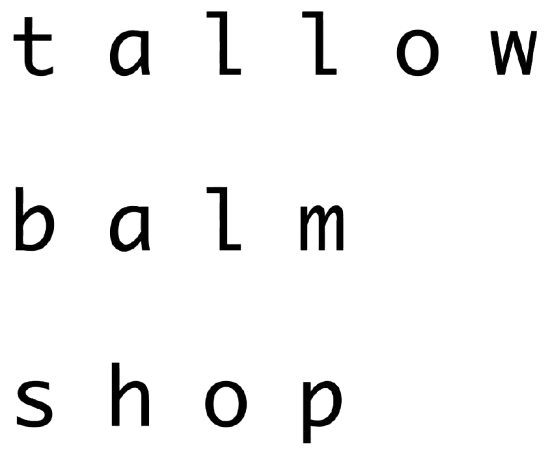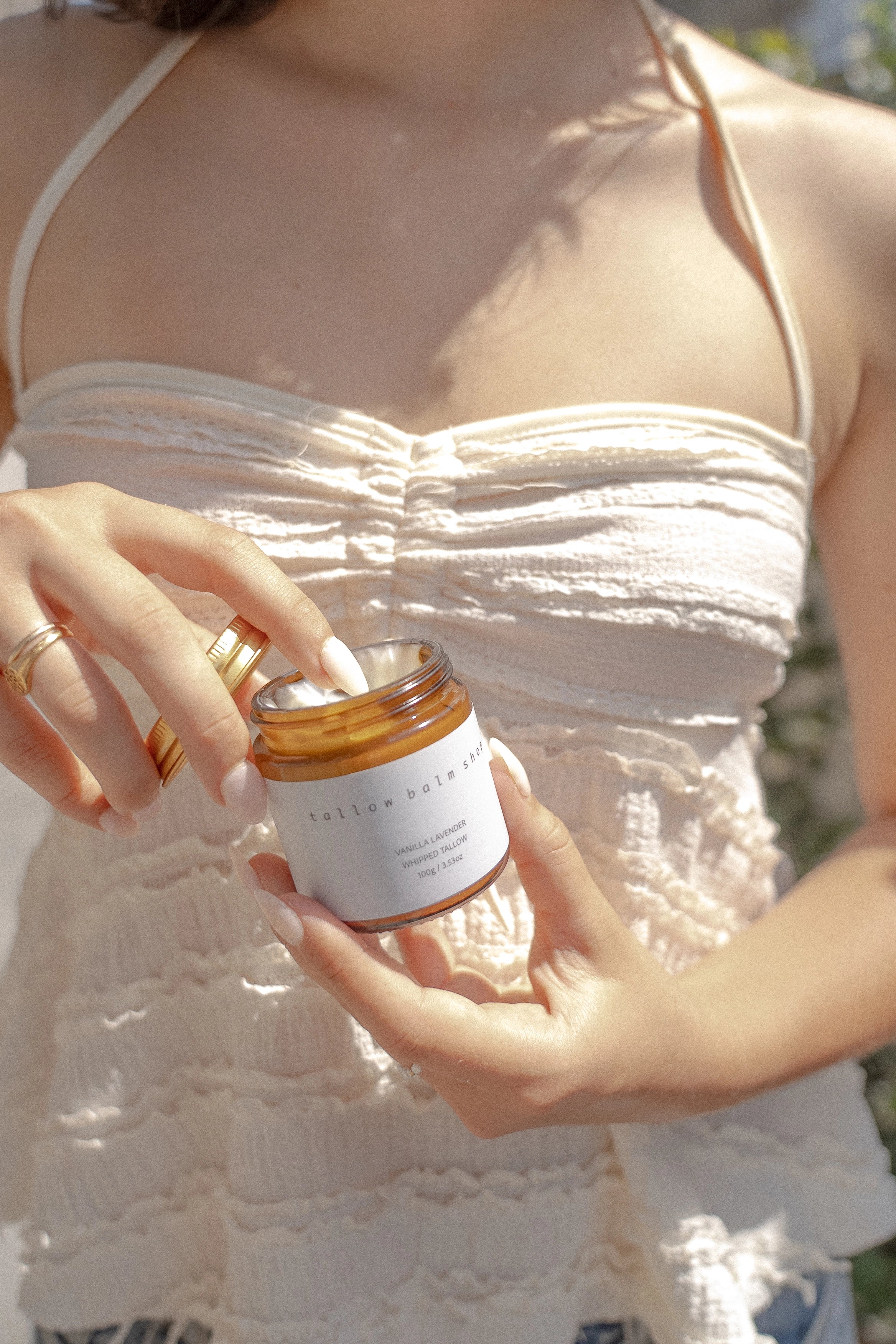
Simple, Natural Skincare
Packed with vitamins and fatty acids, our tallow balm mimics your skin’s natural oils for unmatched hydration and nourishment.
-
Original Tallow Balm
Regular price $49.00 AUDRegular priceUnit price / per -
Honey Tallow Balm
Regular price $49.00 AUDRegular priceUnit price / per -
Lavender Whipped Tallow Balm
Regular price $45.00 AUDRegular priceUnit price / per -
Original Whipped Tallow Balm
Regular price $45.00 AUDRegular priceUnit price / per
Let customers speak for us
from 34 reviewsLovely smooth texture, skin feels hydrated, great for my gua sha routine
For an oily person I expect my skin to break out but it doesn’t. One week since I started using it I apply every night and on makeup free days. Pores have reduced and skin tone has improved I definitely noticed some pigmentation reduction too. Will keep using it
Heard this balm helped eczema so thought I'd give it a try - definitely does!
Great balm, will be buying again when I run out.
Super soft on my skin and the anti-inflammatory properties of the honey calmed my eczema within a couple of days.
Only 3 ingredients and the best there is.
It’s simple, natural, and actually works for my eczema skin.
I’ve never had such soft, healthy-looking skin!
This is the tallow product that’s kept my skin hydrated all day without breaking me out!
This balm completely fixed the dry patches on my face without feeling greasy.
I use this on my baby and it's pure magic! I like that it's super gentle and only has 3 ingredients that are all safe.
The texture is perfect and it absorbs so well without feeling heavy on my skin.
It's hard to find good clean products these days but this balm is exactly that! My skin feels amazing :)
I've tried EVERYTHING, and this is the only product that calms my sensitive skin!
This tallow transformed my dry skin and now it regulates itself.
Your Questions, ANSWERED
What is tallow and why is it used in skincare?
Tallow is rendered animal fat, commonly sourced from cows. It's used in skincare for its rich fatty acids that moisturise and protect the skin barrier.
Is tallow suitable for all skin types?
Tallow is generally suitable for most skin types, including sensitive skin, due to its similarity to skin's natural oils.
Will tallow skincare clog my pores?
Tallow skincare is non-comedogenic, meaning it's unlikely to clog pores when used appropriately.
Can tallow help with specific skin concerns like eczema or acne?
Tallow's natural properties may assist with skin conditions like eczema or acne, thanks to its moisturising and anti-inflammatory properties.
How should I incorporate tallow skincare into my routine?
Incorporate tallow skincare in your routine by applying it to clean skin as a moisturiser or targeted treatment.
Is tallow balm safe for babies and children?
Tallow balm can be safe for babies and children, but it's recommended to do a patch test first and consult a paediatrician if uncertain.
What does tallow smell like?
Tallow typically has a mild, natural scent that some may describe as slightly nutty. Tallow used for skincare also usually includes different oils and herbs to add to the scent.
Does using tallow in skincare products harm animals?
Tallow sourced ethically and sustainably does not harm animals, often a byproduct of the meat industry to reduce waste.
Dare to go DOWN the RABBIT HOLE
View all-
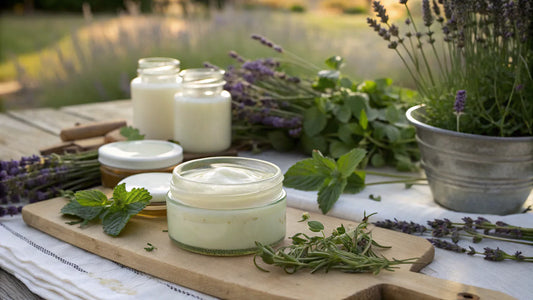
How Long Does Tallow Balm Last?
Let's face it - there's nothing worse than discovering a favourite skincare product has gone bad before its time. When it comes to natural skincare like tallow balm from grass...
How Long Does Tallow Balm Last?
Let's face it - there's nothing worse than discovering a favourite skincare product has gone bad before its time. When it comes to natural skincare like tallow balm from grass...
-
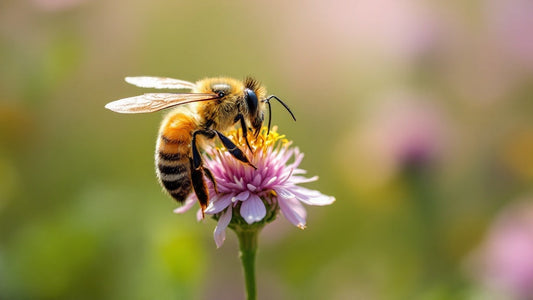
Tallow and Honey Balm Recipe: The Golden Elixir
Ever wondered why our grandmothers' generation had such beautiful skin? As it turns out, old traditions might hold the secret everyone's been searching for. In an age where skincare products...
Tallow and Honey Balm Recipe: The Golden Elixir
Ever wondered why our grandmothers' generation had such beautiful skin? As it turns out, old traditions might hold the secret everyone's been searching for. In an age where skincare products...
-
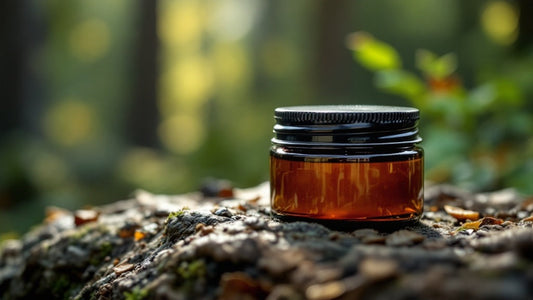
How to Make Tallow Balm Less Greasy
That moment when tallow balm leaves a slightly greasy film on the skin can be disappointing. Where can I buy tallow balm is often the first question that comes to...
How to Make Tallow Balm Less Greasy
That moment when tallow balm leaves a slightly greasy film on the skin can be disappointing. Where can I buy tallow balm is often the first question that comes to...
